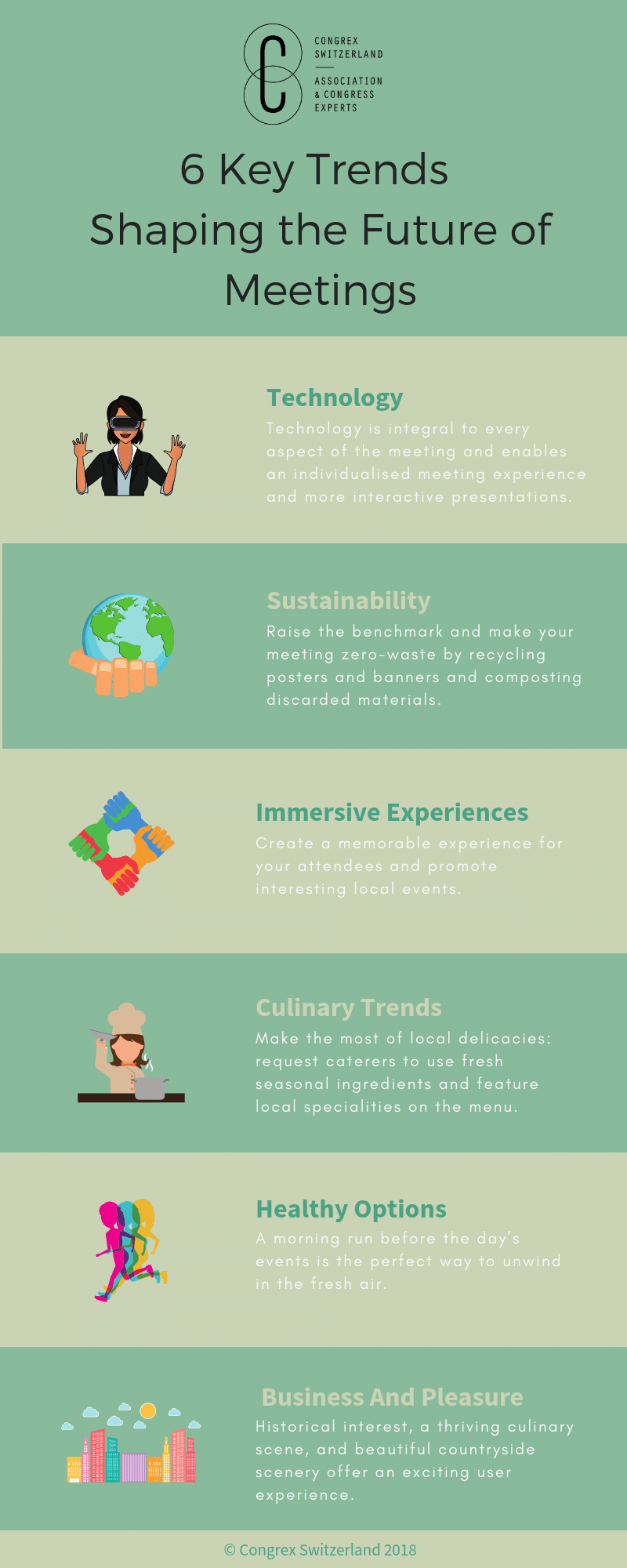Diversity and inclusion have a prominent place in today’s global social agenda. In professional settings, the conversation is centred around how diversity in the workplace contributes to a healthy and fair company culture.
Diversity, equity, and inclusion also play a vital role in the event planning industry. This article explores the essential strategies for promoting diversity and inclusivity in conference planning.
Defining diversity and inclusion

First, let us clarify what we mean by diversity and inclusion. In business settings, diversity refers to variety in physical characteristics, beliefs, abilities, backgrounds, and overall life experiences. Inclusion is the active approach that leverages the power of diversity. Inclusion is action-oriented and entails more than just having a diverse team; it requires ensuring that policies and practices foster a sense of belonging among staff and clients irrespective of race, sexual orientation, gender identity, religious affiliation, mental health status, etc.
RELATED: Bringing Diversity and Inclusiveness Into Association Leadership In Times Of Crisis
The principle behind bringing diversity and inclusion to any professional setting is “trust and respect for all“.
Diversity and inclusion in event planning teams

When event planning teams embrace an inclusive culture, planning inclusive conferences will be second nature since inclusivity and diversity are integral parts of practices, policies, and operations in this work environment.
Having a diverse team starts with inclusive recruitment practices. Building a diverse culture is an ongoing process that requires training in diversity and inclusion, and fairness in professional development opportunities.
In the event planning context, setting up a team or committee that oversees the practical implementation of diversity and inclusion principles in every event may be helpful. It’s also useful to invite feedback from your diverse workforce often and to encourage an open discussion on making event planning more inclusive.
Event website, app and technology

Accessibility is an integral part of inclusive event planning. At the European level, government agencies and public sector organisations are leading the way in digital accessibility by implementing the standards outlined in the Web Accessibility Directive of the European Union, which ensures that access to digital communication and information is provided on equal terms to all people. And with the introduction of the European Accessibility Act, the scope of digital accessibility requirements has been expanded to cover some private sector firms.
The technical aspects of accessibility require ensuring that the event website delivers an inclusive user experience to all, including those with cognitive, visual, auditory or other impairments.
RELATED: How Digital Transformation can elevate your Conference Planning
To create genuinely accessible websites, it is helpful to become familiar with web design and content accessibility guidelines or WCAG. In practical terms, common recommendations include the following:
- Providing alternative text for all images.
- Ensuring the event website can be explored with a mouse and keyboard to help those with motor difficulties.
- Providing a transcript for audio files and captions for video.
- Using the recommended font size and colour to provide a better experience to those with colour blindness and other forms of visual impairment.
- Ensuring code and website layout are compatible with screen readers and assistive technology.
This also applies to event apps, which should have built-in accessibility features to provide an inclusive user experience.
It’s worth checking the design and content for both the event website and the event app against attendee personas, which should be diverse and inclusive themselves.
Inclusive conference agenda

The conference programme should feature a balance of topics that target a curated audience yet don’t exclude anyone, irrespective of their personal or social background, affiliations, or seniority level.
A diverse conference agenda starts with removing unconscious bias from the abstract selection process, which could be anonymised and guided by transparent selection criteria.
Moreover, sessions should cover all areas of professional practice. It’s common to give more prominence to research or technical-oriented topics at the expense of more collaborative or people-oriented aspects like teaching or community building. Ensuring that the speakers’ expertise comes from both technical and collaborative areas is an excellent way to bring diversity into the conference programme. On that note, the speaker line-up should represent the diverse audience you intend to attract, ensuring no speaker profile is over or under-represented.
An inclusive conference agenda is designed so all voices can be heard and share their input. Including Q&A sessions is an excellent way to ensure attendees’ voices are heard instead of letting speakers have the floor all the time. This can help open the discussion and create diverse and rich dialogue opportunities.
Inclusive conference format

In-person, online, and hybrid conference formats all have their pros and cons from an organisational and logistics point of view. In this respect, decisions are often made considering financial and practical criteria, but it’s crucial to use diversity and inclusion as a guideline too.
RELATED: What to consider when organising a medical conference
Consider how different options present barriers to access and inclusion when deciding on a format. For example, if planning an in-person conference targeting an international audience, consider the costs and difficulties of obtaining a visa for attendees of certain countries.
In virtual and hybrid conferences, consider the availability of online and technical services in some countries and how these may interfere with having a quality experience. And remember that the tech platform to deliver the online or hybrid event should meet accessibility standards.
Accessible conference venue

In in-person events, careful attention must be paid to the venue’s design, layout, and physical characteristics and to which extent they help accommodate people with disabilities or other impairments.
RELATED: How To Select The Best Venue For Your Upcoming Event
Accessible conference venues offer more than wheelchair access and Braille signs. To provide an accessible and inclusive experience, consider the following aspects:
- Venue technology compatible with adaptive technology (especially audiovisual systems).
- Limit intense fluorescent lighting and noise.
- Private rooms for prayer, childcare, or quiet and noise-free space since attendees may have invisible disabilities like ADHD or social anxiety.
- Catering that accounts for dietary needs and offers alcohol-free alternatives.
- Provision of accessible restrooms. Gender-neutral bathrooms may also be considered if the requirement resonates with attendees.
It’s also worth gathering your planning team to discuss the accessibility guidelines published by the European Disability Forum. Although these guidelines aren’t legally binding, they constitute a comprehensive “best practice” guide to various aspects of accessible meeting planning.
Post-conference guidelines
Diversity, accessibility and inclusion can also be brought into post-conference strategies. Some activities to consider include:
- Compiling and sending conference materials in various formats (transcript, audio, slides) so all attendees can access reference materials.
- Gathering feedback from attendees and discussing the findings with the planning team, agreeing on what the input should translate into at a practical level for next year’s event.
- Getting in touch with speakers and participants from different backgrounds and inviting them to write or record their reflections about how the event contributed to a more diverse and inclusive professional practice. Their stories could be shared on social media or the organiser’s blog as part of your event marketing strategy.
RELATED: What Is The Job Of A Modern Association?
Practical considerations for inclusive and accessible conferences

- Ensure the registration process or sign-up form asks open-ended questions and allows participants to note their dietary requirements, preferred pronouns and disability status in their own words.
- When setting registration fees, remember that international money transfers incur high costs in some countries and could deter potential attendees from registering. Although profitability is a top concern, you don’t want attendance fees to exclude certain groups, such as students or professionals from countries with low median incomes. It may be worth opening up sponsorship opportunities to groups that wouldn’t usually have the financial means to attend such events.
RELATED: Planning an International Conference: 2023 Guidelines & Tips
- Cater to the attendees’ schedules in different time zones and ensure the agenda features a mix of live and pre-recorded content. Alternatively, live content can be recorded and offered on-demand to facilitate asynchronous participation.
- Ensure that the conference dates don’t coincide with important holidays or cultural celebrations.
- Appoint a chair or facilitator who’s supportive and knowledgeable of diversity and inclusion standards and knows how to implement them to create a welcoming and safe conference environment for all.
- In the opening remarks, mention the inclusive values that guide the event and distribute a diversity and inclusion statement. You can also distribute a code of conduct that puts diversity and inclusion at the heart of all interactions, mentioning your stance towards active bystandership, the use of inclusive language, reporting issues, etc.
Conclusion
Genuine diversity and inclusion are key to every successful event. They help reach a broad representation of the targeted professional community, enrich the conference experience, and strengthen the organiser’s reputation.
The strategies listed in this article are based on an inclusive and human-centric approach to event planning that incorporates different perspectives more attuned to real-life scenarios and identities.
The Congrex team is ready to help you implement these best practices to ensure your conference caters to diverse attendees and promotes accessibility.








